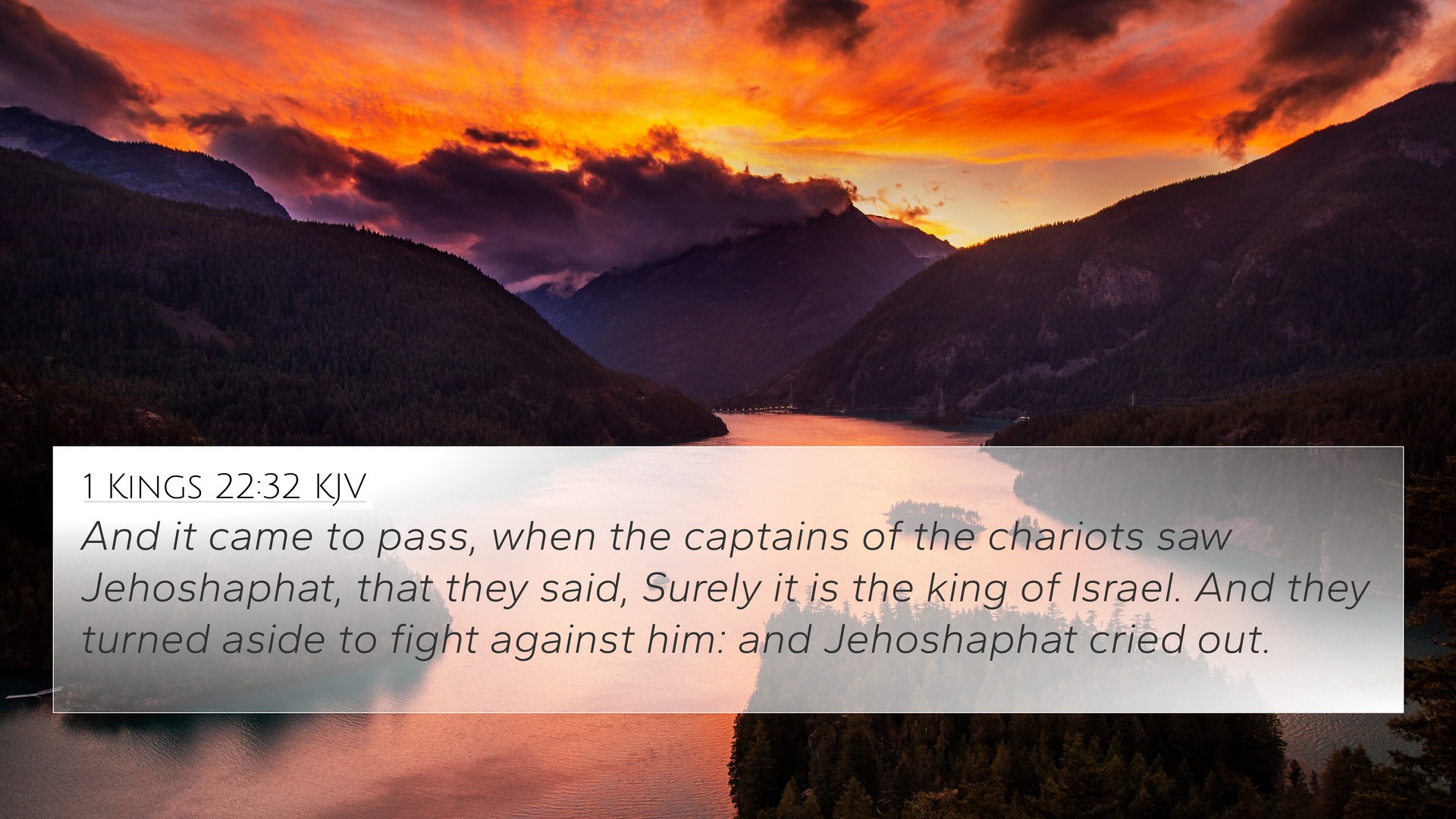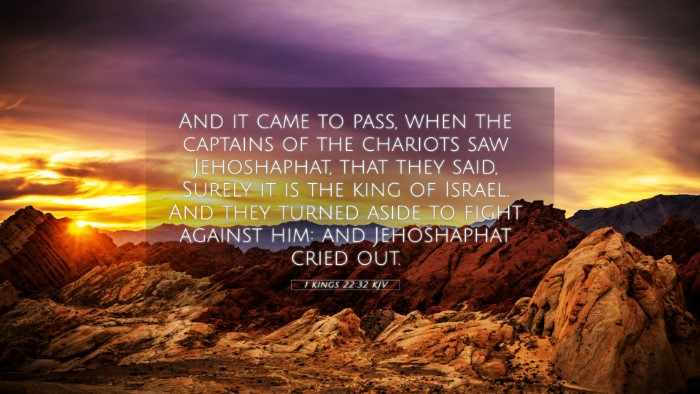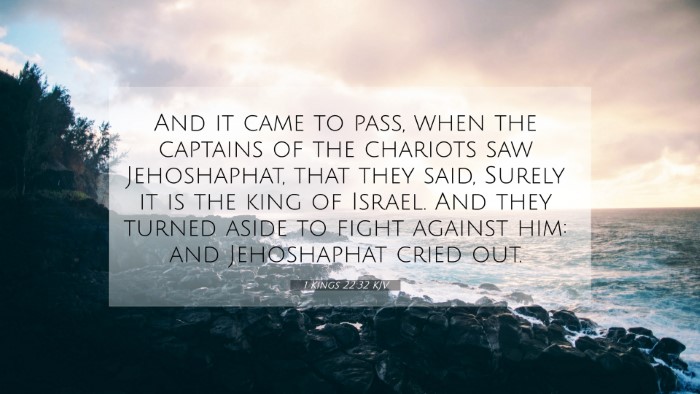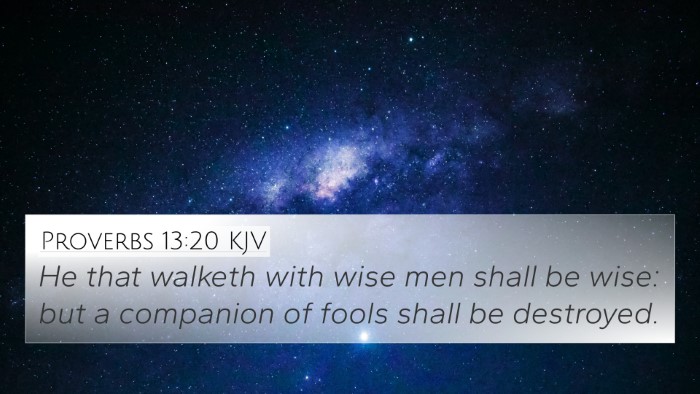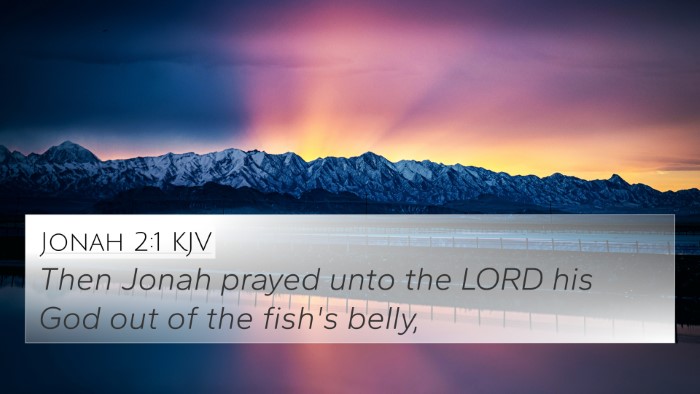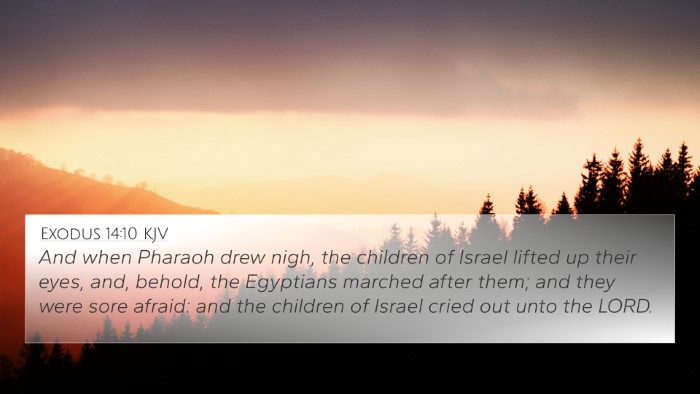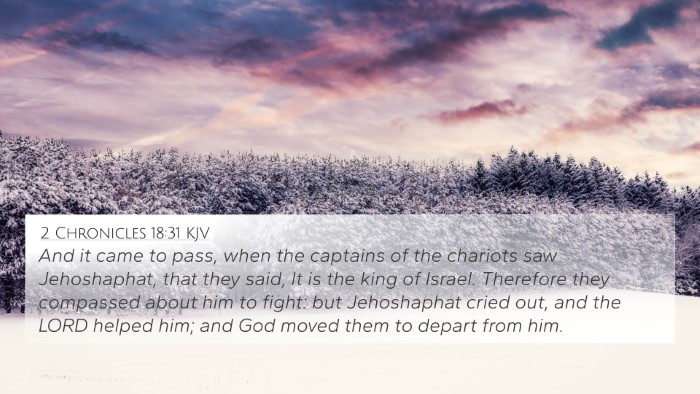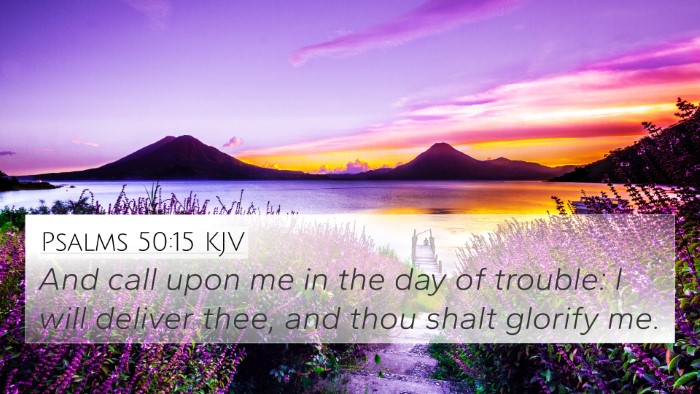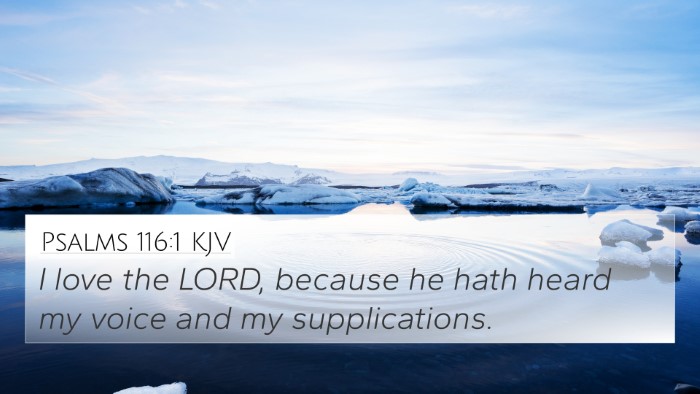Understanding 1 Kings 22:32
The passage of 1 Kings 22:32 provides a rich context for exploring the themes of prophecy, deception, and divine judgment. In this verse, King Ahab of Israel encounters Jehoshaphat, king of Judah, at the gates of Samaria. The narrative unfolds during a critical moment just before the battle against Aram, where Ahab seeks the counsel of his prophets.
Verse Context
This particular verse describes a moment when the king was greeted by a prophet. The symbolism here is significant, particularly as it relates to the themes of false prophecy and divine sovereignty. Ahab had surrounded himself with prophets who were more interested in pleasing him than in delivering God’s true message. The setting illustrates the dangers of heeding false prophets, a theme echoed throughout the Scriptures.
Commentary Insights
Combining insights from Matthew Henry, Albert Barnes, and Adam Clarke, we can glean the following key interpretations:
- Matthew Henry: He emphasizes Ahab's disregard for the true prophet of God, Micaiah, by favoring prophets who offer him flattering but misleading counsel. This highlights the importance of discerning true prophetic voices in our lives.
- Albert Barnes: He notes the implications of Ahab’s choices as reflections of his character. Ahab is depicted as a leader who seeks validation rather than truth, which leads to his downfall. Barnes encourages readers to seek God's guidance above all.
- Adam Clarke: Clarke focuses on the conflict between truth and deception as embodied in the person of the prophets. He articulates that Ahab’s choice to ignore divine warning serves as a caution for all who seek to serve God, urging them to remain sensitive to true Revelation.
Bible Cross-References
To deepen the understanding of 1 Kings 22:32, one can look at the following related verses that enhance the meaning through thematic connections:
- Jeremiah 23:16: Warns against listening to false prophets.
- Ezekiel 13:3: Speaks of prophets who prophesy out of their own hearts, not from the Lord.
- 2 Chronicles 18:7-8: Provides insight into the specifics of Ahab's and Jehoshaphat's interaction with the prophets.
- 1 Kings 22:6: Details about the prophets Ahab consulted before Micaiah is introduced.
- Matthew 7:15: Jesus' admonition to beware of false prophets who come in sheep's clothing.
- Galatians 1:8: Paul warns against any gospel that differs from the true gospel, akin to the false prophecies faced by Ahab.
- Revelation 22:18-19: Speaks on the seriousness of altering the word of God, paralleling the stakes of misrepresented prophecy exhibited by Ahab.
Thematic Bible Verse Connections
A recurring theme in this passage is the choice between truth and comfort. Ahab’s selection of prophets who tell him what he wants to hear reflects a common human tendency. This theme resonates throughout various books of the Bible. By studying these cross-references, we can identify a rich tapestry of interconnected teachings:
For example, the consequences of ignoring divine truth and the allure of false comfort are echoed in:
- Isaiah 30:9-10: A rebellious people who say to the seers, “Do not see,” points to a similar rejection of true spiritual guidance.
- 2 Timothy 4:3: The time will come when people will not endure sound doctrine, but want their ears tickled.
- Hebrews 13:17: Encourages obedience to leaders who watch over souls, promoting the idea of seeking wise counsel.
Conclusion
In summary, 1 Kings 22:32 serves as a stark reminder of the importance of seeking God’s truth amidst a plethora of voices and opinions. By analyzing the context, utilizing public domain commentaries, and engaging in cross-referencing biblical texts, believers can uncover profound lessons about the nature of prophecy, leadership, and discernment. The theme of discernment permeates the entirety of Scripture, urging us to pursue God’s wisdom and warnings.
Tools for Bible Cross-Referencing
To effectively understand how these verses interconnect, consider the following tools:
- Bible concordance: A helpful resource for locating specific verses and their connections.
- Cross-reference Bible study guides: These aids facilitate the exploration of themes and connections between verses.
- Bible reference resources: Comprehensive materials that categorize verse relationships and thematic developments.
- Cross-reference systems: Various methodologies for engaging with the text that allow for deeper comprehension of the scriptures.
By utilizing these tools and insights, readers can delve deeper into the living Word of God, uncovering the layers of meaning that enrich their faith journey.
